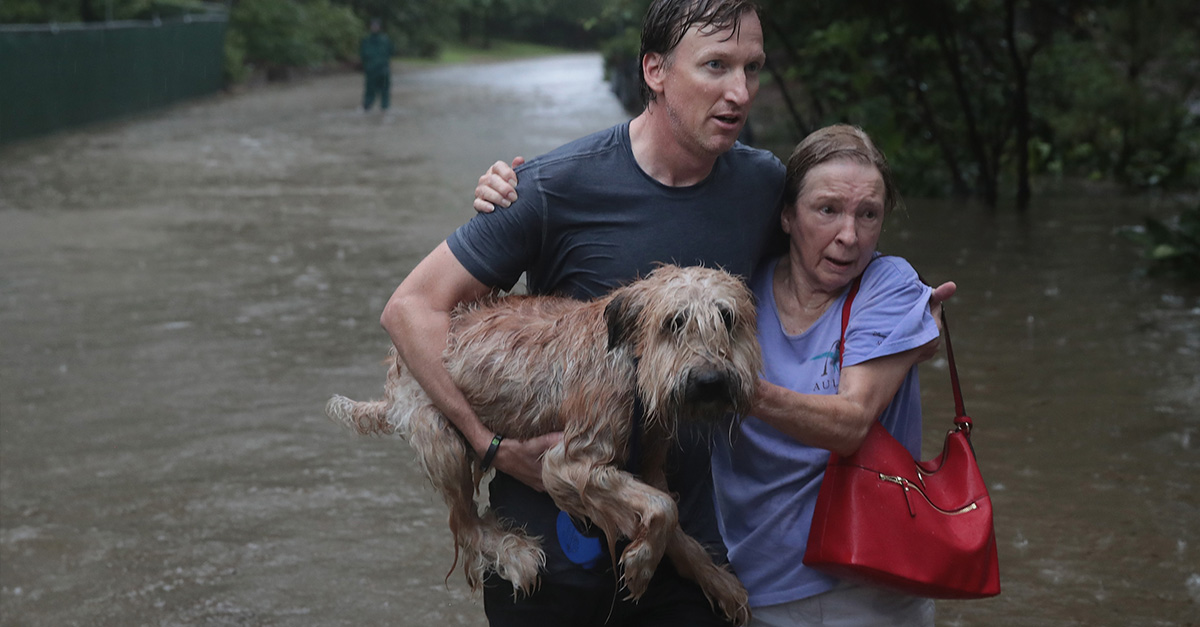The fourth largest city in the United States, Houston is a metropolitan area like no other. The city brings together cultures from all over the world, melding them together like a true melting pot.
Videos by Rare
In Houston, you can find elements of the country life people imagine when they think of Texas — like horses, leather boots, and cowboys — thriving right next to a sleek city night life and the train cars of a light-rail service.
The most diverse city in American, Houston is one-of-a-kind. Her people are strong, determined, and really mean it when they say they’ll “pull themselves up by their bootstraps.”
RELATED: Texas lawmakers request Harvey flood aid after fighting aid for other storms
While those ideals make the city great, they may also be part of its weakness.
Like other cities in southeast Texas and southwest Louisiana, Houston is built on top of wetlands. These often stinky and always itchy areas have a negative reputation in many eyes — no one wants to live next to a mosquito factory.
Houston’s developers came up with their own solutions to the wetlands problem: they paved over them.
Without zoning laws, nothing was there to prevent developers from defying nature in the name of a new development. As a constant stream of customers grabbed up the properties, the city continued to grow rapidly.
Instead of wetlands, Houston now has development. Across the city, developers have replaced these marshy areas with high rises, apartment buildings, shopping centers, and quirky restaurants. You can find anything in Houston now — except good drainage.
Studies show that wetlands provide excellent drainage, preventing flood waters from rising during heavy rains. That’s their purpose in an environment plagued by frequent heavy storms and rising surges.
Leaving those areas untouched, however, is just too hard for developers who want to bring more, more, more to the thriving Houston market. Who can blame them, really, when even the people who live next to the wetlands that could save their homes want to see them gone, too?
Northwest Houston is a prime example. A Texas A&M University study shows that the White Oak Bayou watershed lost 70% of its wetlands to developers between 1992 and 2010. The loss of wetlands means that instead of having a watershed to retreat to, flood waters now pour into homes and businesses that were built in its place.
RELATED: Hero cowboy rescues panicked horse trapped in pen with rising flood waters
As Harvey’s flood waters ravaged Houston, experts say wetlands could have helped reduce the damage. Houston might not have escaped a flood, but they would have seen less damage and lower amounts of standing water.
Houston will rebuild after Harvey.
Experts fear, however, that the city and federal agencies that will assist in the rebuilding effort won’t enforce stronger zoning rules that could prevent another tragedy the next time a strong storm passes over the city.



